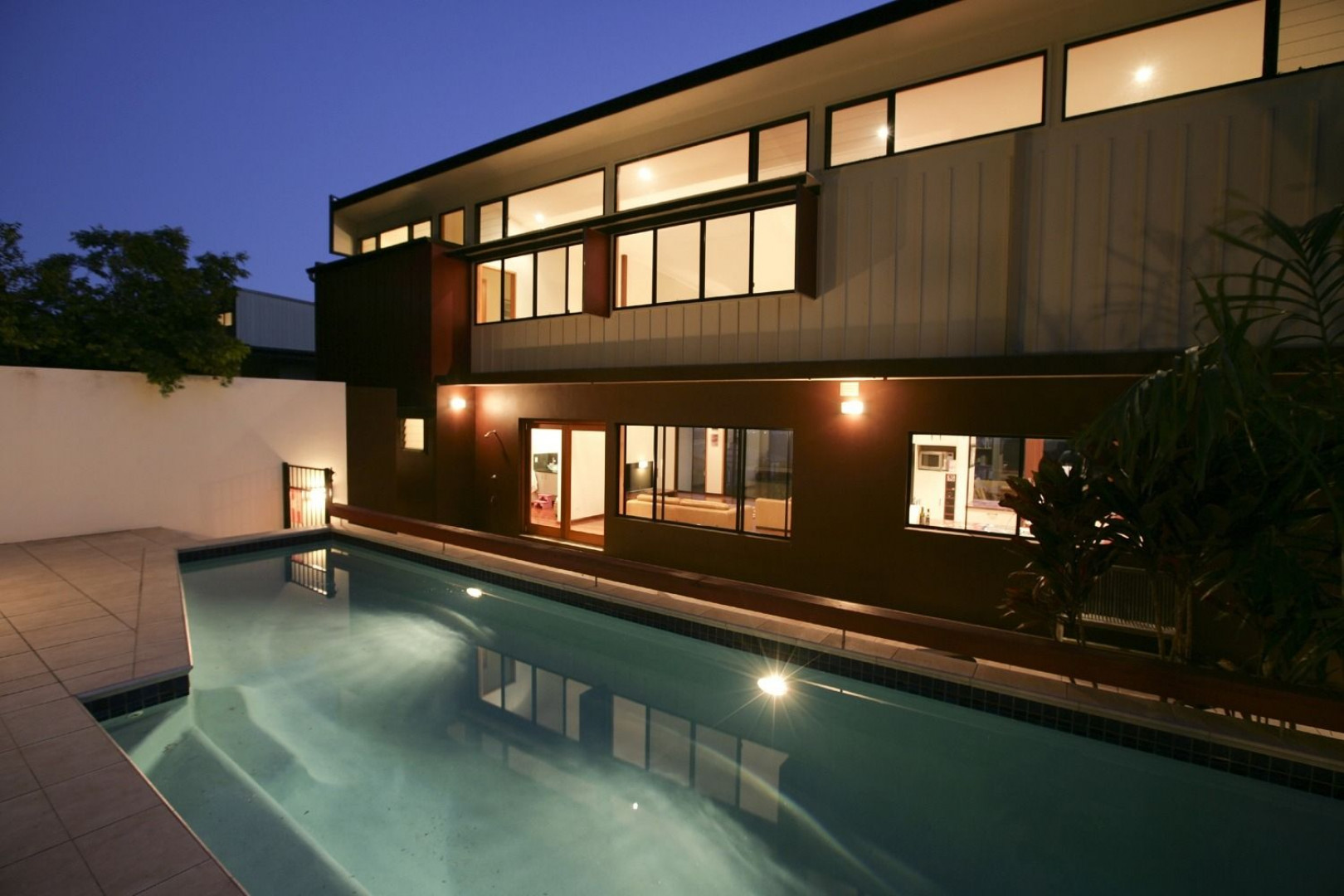-
Singapore
Copyright © 2025 Powered by BCI Media Group Pty Ltd

01 April 2022 by Knight Frank Pte Ltd

Luxury residential markets around the world enjoyed a red hot 2021. Kate Everett-Allen takes the temperature of our unique Prime International Residential Index, which tracks price performance in 100 key city, sun and ski locations.
So, what was all the fuss about last year? Simply put, luxury homes became the asset class of choice for UHNWIs. In 2020, housing markets ceased trading for months at a time, freezing like a deer in the headlights. But come 2021 they started to race away as vaccine rollouts gathered momentum and the uncertain global economic climate started to recede.
The value of the Knight Frank Prime International Residential Index (PIRI 100) increased by 8.4% in 2021, up from just under 2% in 2020 and its highest annual increase since the index was launched in 2008.
Of the 100 luxury residential markets tracked, only seven saw prices decline in 2021 while a staggering 35% of locations saw them increase by 10% or more, underlining the strength of the sellers’ market during the pandemic.

It wasn’t just the temperature that sizzled in Dubai last year. Prime prices accelerated 44.4%, sending the Emirate, where the mercury regularly hits 40 degrees in the summer, to the top of our PIRI rankings. See our deep dive on page 52 for an explanation as to why.
With growth of 42.4%, Moscow wasn’t too far behind, with Russia’s mortgage subsidy programme and tight supply fuelling price growth, albeit temporarily. San Diego (+28.3%), Miami (+28.2%) and The Hamptons (+21.3%) make up the rest of the top five.
Overall, the Americas were the regional top performer, accounting for six of the top ten rankings and posting average growth of almost 13%. Although Asia-Pacific (+7.5%) outpaced EMEA (+7.2%), this was largely driven by Australasia (+12.3%). Asia alone managed a relatively modest rise of 5.5%.
In the same way that the pandemic has heightened global inequality, the property bounceback that followed was far from uniform. Advanced economies (+8.9%) outperformed developing markets (+7.3%) in 2021. Omit Dubai and Moscow and the latter notched up just under 5% growth.
Not only were lockdowns more draconian in advanced markets, but with a larger cohort of professional workers able to work from home, they were able to accrue larger savings pots, some of which was reinvested back into bricks and mortar. In the US, household wealth amassed during the pandemic totalled US$28 trillion, according to Oxford Economics.
Although sunshine resorts from Miami to the Gold Coast shone bright in 2021, with prices climbing 10.2% on average, it was cities that provided the year’s curveball.
From villas in the south of France to townhouses in London and from bungalows in Singapore to large waterfront plots in Sydney, the race for space, as mentioned above, continued in 2021. Average house prices in prime central London grew 3.2% in 2021, compared with 0.5% for apartments. However, motivated by value, apartment sales were recovering by the final quarter of the year, albeit for those with a roof terrace or outdoor space.
The concern is that this quest for room to breathe comes at a time when new homes are shrinking. New data from the US Census Bureau shows the median floor space of an apartment fell to less than 1,000 sq ft in 2021, the lowest since records began in 1999. With a significant lag in construction, larger homes are likely to generate a premium for some time to come.
With house prices accelerating – and with large pandemic-induced deficits to plug – we saw more governments intervene in 2021 to curb price inflation. New Zealand, South Korea and the UK were among the first to raise interest rates, although these moves had little impact on house prices. All eyes are now on the Federal Reserve’s four mooted rate rises for 2022.
While this may dampen global buyer sentiment, a stronger dollar could also boost US outflows. Aside from the intervention of central banks, 2021 also saw cooling measures deployed but this was largely tinkering around the edges, the trailer to the main show that will launch in 2022.
Singapore’s was the only substantive move. Despite higher rates of stamp duty for those purchasing second homes, the absence of capital gains tax and any wealth tax in the city-state will continue to act as a draw.
For the full read (page 50), download a copy of The Wealth Report.


